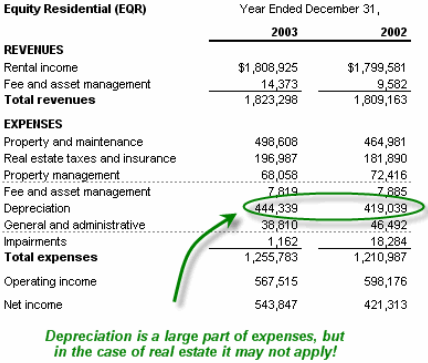
What makes cap rate difficult to calculate on real-life REITs is that as we established before-real estate assets are marked at cost rather than updated at current market values. (Or, they could’ve structured a poor lease agreement or otherwise had unfortunate developments). Otherwise, management probably didn’t pick a good property with enough demand to support higher lease escalators, which does drive down long term return on its investments. And so, although rising real estate prices would lower the cap rate by driving up current market value, rents should also rise in lock-step with the real estate market to at least maintain a good cap rate for the REIT. While property values tend to rise over time, so do rents. Net Operating Income, or NOI, is the cash flow received from a property in the form of rent, after adjusting for expenses.Ĭurrent market value is value of the property itself. It is the more return a REIT is receiving from its investments (in the form of rents).Ĭalculating the cap rate formula for REITs is very simple:Ĭap rate = (Net Operating Income) / (Current Market Value) We’re trying to figure out the historical ROI from each property that the REIT has earned with this formula.Ĭap rate is very similar to an ROI or earnings yield formula. The cap rate formula works to better estimate a REIT’s cash flow from its real estate investments. Real Estate Accounting: Use Capitalization (Cap) Rate for REITs Instead of ROE or ROIC, an investor evaluating REIT allocation of capital needs to use cap rate. ROIC doesn’t provide much help either, since a REIT doesn’t have much in the way of working capital compared to other companies with inventory. It’s for that reason that you can’t use ROE, as a company’s Net Income doesn’t represent a REIT’s true cash flows as Net Income is being weighed down by a “not-real” depreciation expense. So for REITs, depreciation is less of an expense and more of an accounting requirement.

What this is meant to do is account for the slow loss in value to the asset (in the balance sheet and in real life) over time.īut remember that real estate, in real life and on the balance sheet, does not (usually) lose value over time. Instead of having a company charge huge expenses in any given year, they are smoothed out over multiple years as a (depreciation) charge on the income statement, lowering Net Income. The reason for depreciation is to smooth out large investments so they don’t make earnings wildly fluctuate from year to year. Whether a company is buying a long term asset such as real estate OR PPE, they must capitalize (depreciate) the asset over its useful life. These tend to have “useful lives” and become worthless over time, while a piece of real estate may continue to appreciate indefinitely. But because values of assets on a balance sheet remain constant, that appreciation is not baked into the balance sheet for a REIT unless the company sells the asset.Ĭontrast that to other long term assets which other companies must purchase and go on the balance sheet, such as Plant, Property, and Equipment (PPE). In the real (non-accounting) world, real estate tends to appreciate in value over the very long term. This doesn’t match up with the reality of the value of that asset, however. This value remains constant for as long as the company retains the asset. With current GAAP accounting standards, real estate assets are recorded at cost on the balance sheet.

That’s where the cap rate formula comes in, and becomes a more helpful guide at measuring management’s allocation of capital than a metric such as ROIC or ROE would for most other public corporations. And because REITs are so heavily invested in real estate, their financials provide different indications of efficiency and value, because of the accounting of real estate assets.
Noi calculation example drivers#
Free Cash Flow also not a useful metricĪnalyzing the financial statements of REITs requires different measurements of future growth drivers due to the differences in how they finance growth.Higher dilution of shares from year to year.The effects of these features on REITs include: Also special to REITs, the companies raise most of their capital from debt and shares issuance, rather than through free cash flows. In contrast to more traditional corporations, REITs derive their revenues primarily through real estate, with minimum requirements on real estate assets and revenue. REITs require special ratios, of course, because of the unique features and structure of their business models. The REIT Cap Rate formula, along with Funds From Operations (FFO), are two critical REIT ratios to understand and implement when analyzing REIT (Real Estate Investment Trust) stocks.


 0 kommentar(er)
0 kommentar(er)
